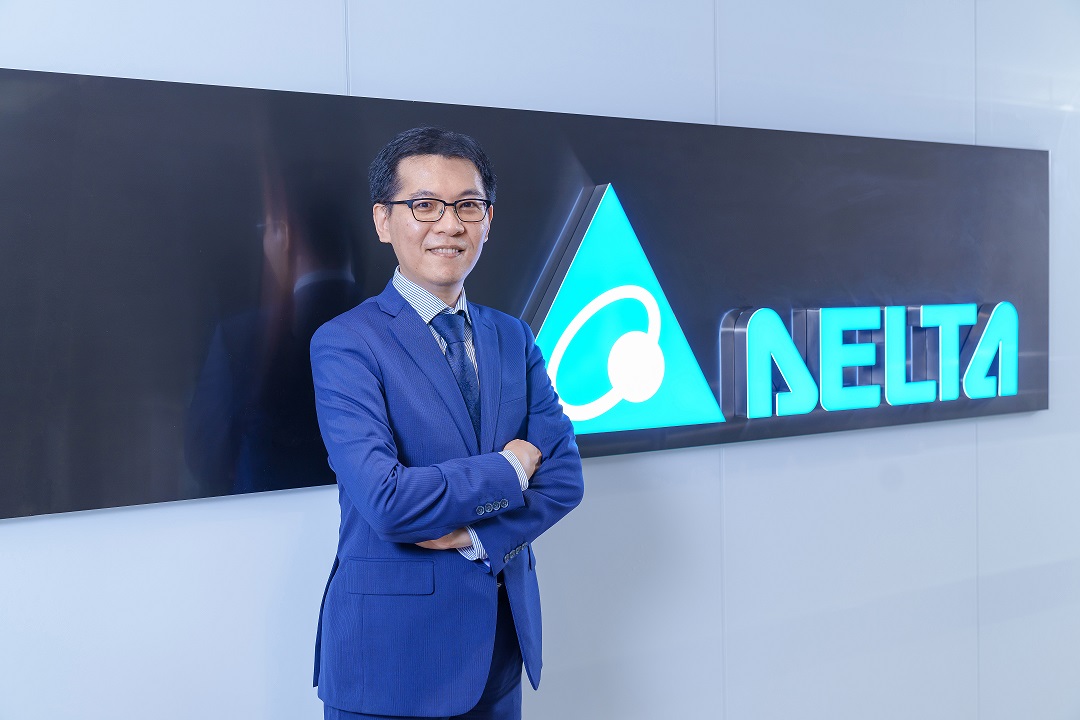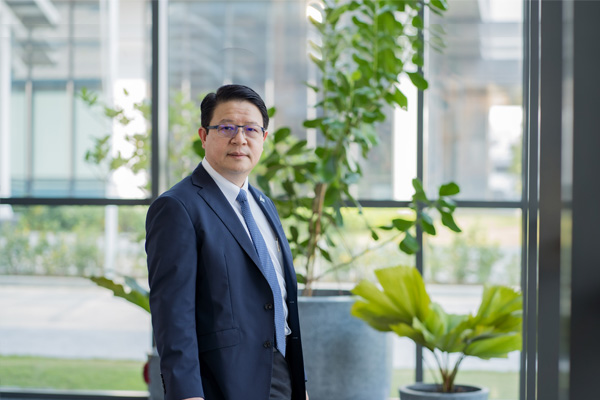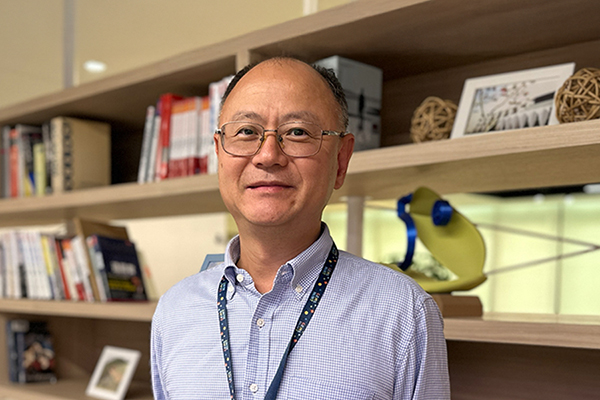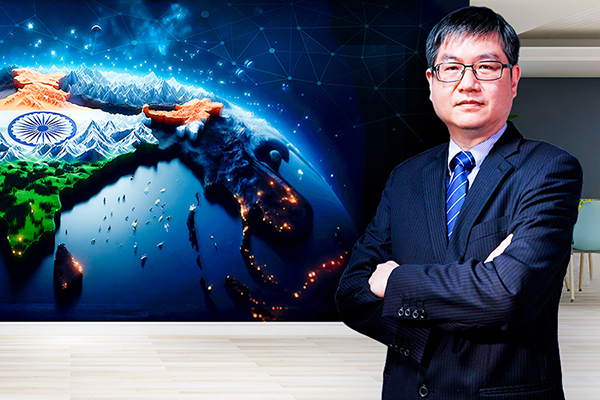Creating a legal affairs company with matrix management for maximal effect
"Delta’s Legal Affairs Division has more than 100 legal affairs and intellectual property rights personnel around the world and in acquired companies. It’s a big legal affairs family!” Mr. Karl Yeh, CLO, started the interview by talking about the team structure. “In order to provide customized services, Legal Affairs provides corresponding Business Legal Support for different business groups (BG/BU/NBD), regions, and corporate functions. Together with regional legal affairs personnel, they can handle all daily contracts, legal consultations, and disputes, which are part of the exclusive vertical services of Business Legal Support (BLS). At the same time, professional teams are established to handle cross-departmental professional issues including legal compliance systems, IP(Intellectual Property) litigation, license negotiations, and M&A(Mergers and acquisitions), which is part of professional horizontal services. The Legal Affairs Division works with regional legal affairs to provide efficient vertical and professional horizontal services through a matrix organization model, thereby becoming a trusted partner for all.” CLO Yeh, who has been with Delta for less than six months, is already very familiar with the detailed division of work and operating models of the teams.
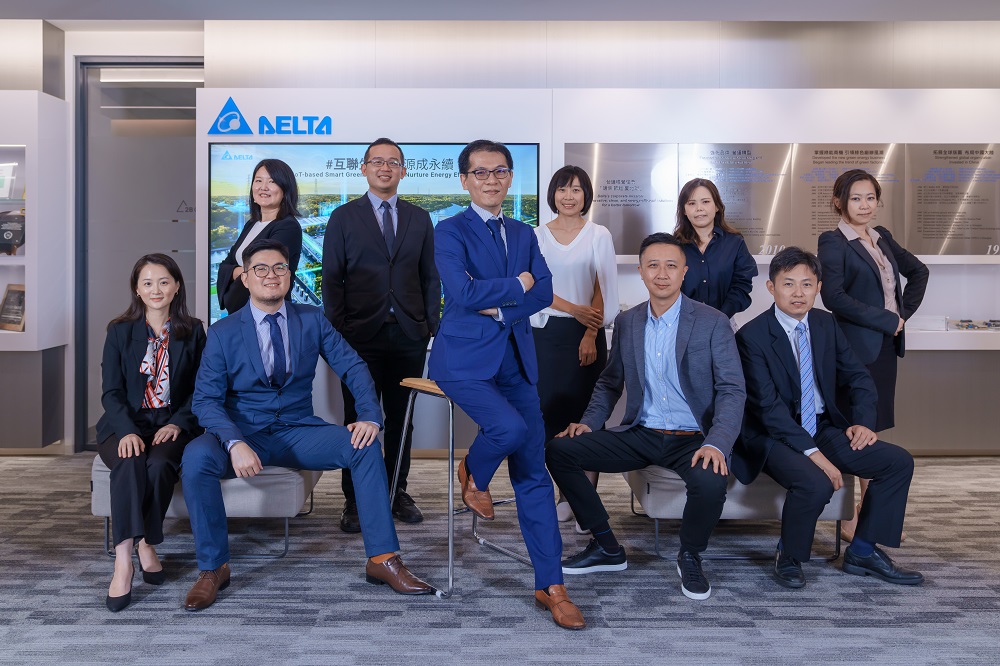 Mr. Karl Yeh, Chief Legal Officer (Mid.) and the Delta Legal Division
Mr. Karl Yeh, Chief Legal Officer (Mid.) and the Delta Legal Division
Delta’s business developments are diverse, fast, and deployed globally. The average years of service of internal legal affairs employees is nearly 10 years. Mr. Karl Yeh believes it is important for everyone to keep up with external changes and internal developments. “It is rare for in-house legal employees of a company to have access to such comprehensive legal affairs resources, business models from OEM to OBM, product types from components to solutions, and areas from regional to global. Such an environment creates not only legal challenges but also opportunities.” According to the matrix organization model described above, legal affairs employees have to handle a diversity of legal affairs. Furthermore, the Chief Legal Officer also encourages expatriation, just as the CEO, Mr. Ping Zheng, has always supported the global development of legal affairs work. “In addition to being a good partner, Legal Affairs is like a big family. Every employee is encouraged to better themselves during their careers and the division creates an environment for mutual learning, resulting in a greater sense of accomplishment.”
Focusing on company strategy and promoting cross-departmental cooperation
Internally, such efforts will strengthen organizational development. Externally, Mr. Yeh hopes to foster more cross-departmental exchanges and become a trusted partner for all business groups, regions, and functional departments. The Legal Affairs Division and different business groups, regions, and functional departments work together to promote the company’s legal compliance management system. The Division acts as the executive team leader in the Export Compliance Committee, Trade Secrets Committee, and Ethical Management Committee, implementing early protections and controlling risks for Delta and the different units.
One successful example of such is the recent creation of an innovation platform by the Legal Affairs Division, Delta Research Center (DRC), and DMS based on “Patent Tag” and “Legal Tech” technologies together with the TMF(Technology management framework) project of BG. “By labeling patent and technical documents and organizing contract content, hard-to-understand legal texts are converted into a common internal language. Through this, everyone can more easily search and conduct cross-BGs technical exchanges.”
In addition to the cooperation described above, Mr. Yeh also talked about an example related to co-managing legal risks with finance and BG. “Company operations will always create legal risks, such as potential compensation for damages and legal fees arising from disputes, but in the past, the business units may not have conducted appropriate calculations of the risks. This year, the Legal Affairs Division worked with finance and BG to define high-risk controversial projects, and include the risks in the budget to accurately reflect revenue forecasts for the coming years.
Centralized patent management for global intellectual property rights deployment
Delta invests a fixed proportion of revenue in research and development every year. To date, the company has applied for more than ten thousand patents to protect Delta’s new products and various technologies. The deployment of Delta’s patents has also won the “Top 100 Global Innovators” award for the first time this year. In order to further strengthen the patent portfolio, starting in 2022, the Legal Affairs Team has integrated Delta’s patent assets and related resources, expanding the past model of BG applying for patents to a centralized patent management model and maximizing the utilization of accumulated intellectual properties. “In terms of global patent deployment, centralized management allows for effective resource utilization and focus with the concept of ‘one Delta’.”
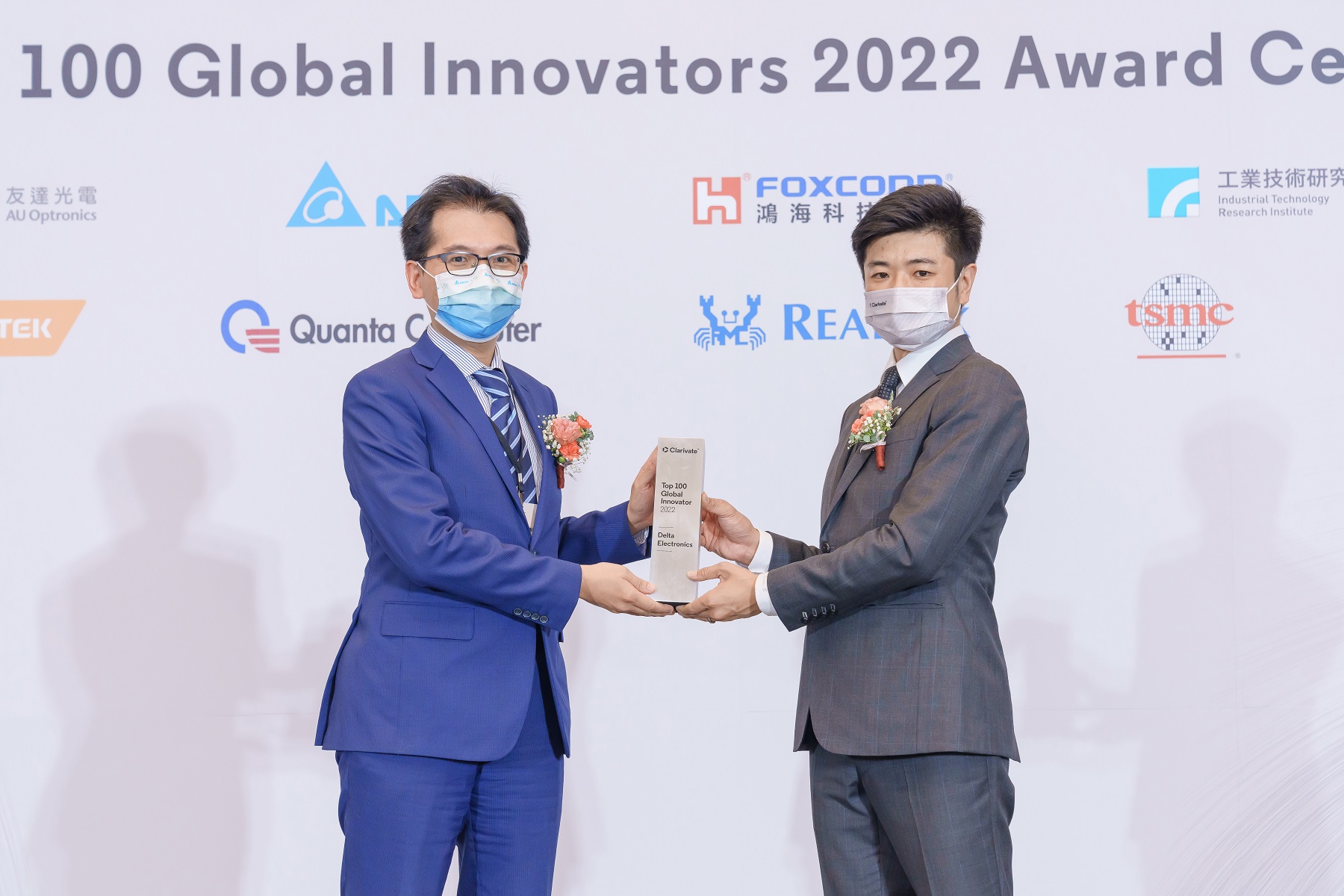
Mr. Karl Yeh, Chief Legal Officer(left), accepted the Top 100 Global Innovators” award on behalf of the Company
In terms of overseas patent deployment, the Chief Legal Officer emphasized the breakdown of geographical boundaries, the creation of cross-regional partnerships, and the strengthening of technologies of acquired companies. Together with Delta’s existing technologies, such efforts will create more powerful patent portfolios. “The company has accumulated a good level of research and development in the past. The business groups and research and development teams both at home and abroad have produced patents based on world-leading technologies. The way to utilize existing patents and combine R&D with patents focused on the future of markets will be an important topic for legal affairs and R&D to explore.”
Exploring different angles to find opportunities
In the processes of changing jobs and pursuing learning, we often face uncertainty in new environments. The Chief Legal Officer also openly shared his views on change. “Life rarely goes according to plan. I graduated from Chiao Tung University and entered NTU to study for a master’s in electrical engineering, then entered the workforce after my military service, where I first came into contact with patents because of my job requirements. I then obtained a law degree and qualified as a lawyer through continuing education. My job has gone from patent engineer to IP director to Chief Legal Officer. I’ve helped the company with IC design, IC manufacturing, and end consumer electronic products. Each change drove me to grow and expand my horizons. It was challenging but full of fun.”
The journey from a technical field to law has given him an unique insight into the job of Chief Legal Officer. “These experiences have been like wearing many different shoes. I’ve always believed in the value of ’putting yourself in someone’s shoes’-doing so helps me to consider legal disputes from different angles and provide better risk management suggestions, while also giving me the confidence to lead the team and protect the company on a global scale.”
“’What can I contribute in the new environment? ’’What do I want from this environment?’ These are the important questions I ask myself when I make decisions.” The Chief Legal Officer shared his life experiences and the insights he’s gained along the way. He encourages colleagues to seize the moment and stay curious and adventurous, so that they can find methods of improving themselves and their environment. He believes this will not only keep them happy, but also help them find the right direction for them.





